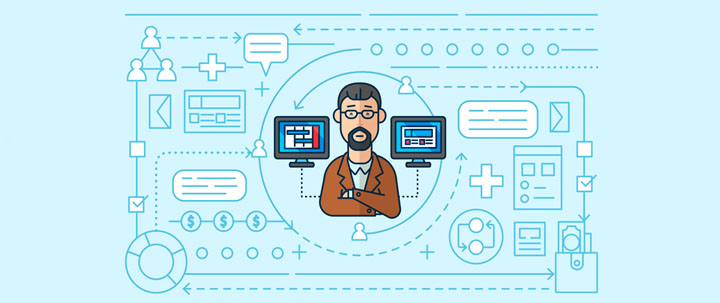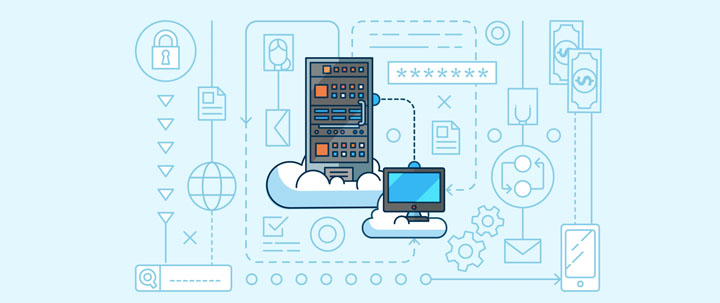By Jessy Smulski (Tech Writer)
Few experts could have predicted the recent disruption that political, economic, social, technological, environmental, and global health issues have created for all sectors of industry.
While the implications of these disruptions are still unfolding, let's explore the top trends that suggest a bright new future for Managed Service Providers (MSPs), especially those in IT service management.
1. The Market Share For Tech Services Is Greater than the Market Share For Tech Products:
Consumers are changing the way they purchase and utilize technology. In 2011, technology consumerism favored products (60%) to services (40%). In 2020, market share flip-flopped, putting technology services at 61% of the market share and tech products at 39%.
As rapid digital transformation continues to plague organizations, the demand for new tech delivery models will increase, creating a seismic market shift in favor of MSPs that offer services-led technology solutions.
2. Those Ahead of the Technology Curve in 2020 are Now Leagues Ahead of Competitors:
Amid widespread shutdowns, enterprises increasingly searched for Anything-as-a-Service (XaaS) solutions in cloud computing and remote technology to keep businesses in operation. As suggested in the trend above, focus shifted from owning technology assets to working with service providers who can manage technical functions for them.
 Evolution favors those most adaptable to change. MSPs who recognized this trend early on had already prepared for new technology business modeling and were able to capitalize on the increase in customer demand spurred by organizations that were forced into rapid digital transformation. Not without their fair share of growing pains, but compared to other tech sectors, disruptive forces seem to be having a less negative impact on MSPs.
Evolution favors those most adaptable to change. MSPs who recognized this trend early on had already prepared for new technology business modeling and were able to capitalize on the increase in customer demand spurred by organizations that were forced into rapid digital transformation. Not without their fair share of growing pains, but compared to other tech sectors, disruptive forces seem to be having a less negative impact on MSPs.
3. MSP Mergers and Acquisitions Will Continue to Surge, Driving Significant Industry Growth Between 2021 and 2028:
Tossed into a turbulent sea of change, many organizations found themselves grasping at new opportunities to either stay afloat or sail past competitors. MSPs were not impervious to tsunami-size waves of change and increasingly looked to acquisitions, partnerships, joint ventures, competitive alliances, and the like to expand geographically, explore new industries, or broaden their service capabilities.
From an industry standpoint, M&A activity means rapid growth as MSPs scale services and attain expertise and technologies faster than ever. The global managed services market size was valued at $215.14 billion in 2020 and is expected to increase at a compounded annual growth rate of 12.7% through 2028.
4. It’s Do Or Die For Optimization and Automation, Especially in IT Service Management:
Society’s reliance on technology broke barriers in recent years, but that’s nothing compared to what lies ahead. As much as 30% of the workforce will still be working from home by the end of 2021. IoT-connected devices are expected to proliferate from about 46 billion today to 125 billion over the next decade. And 66% of US cities are currently investing in smart systems.
As organizations and communities grow more dependent on technology, MSPs in IT service management will be expected to meet higher customer and employee experience expectations. This will be extremely difficult, if not impossible, without Professional Service Automation (PSA) software that automates and optimizes service delivery.
Baseline: MSPs should look for the following PSA software capabilities:
A Comprehensive, All-In-One Solution
Seamless Integration With Critical Business Systems
Centralized Project Management
Advanced Data Reporting
Service Level Agreement Management
Chat Integration For On-Demand Support
Get these basics right, and you'll be well on your way to conquering the next challenge the tech industry will throw at your MSP team.



%201.png?width=559&height=559&name=close-up-women-working-with-devices%20(1)%201.png)

.png)






